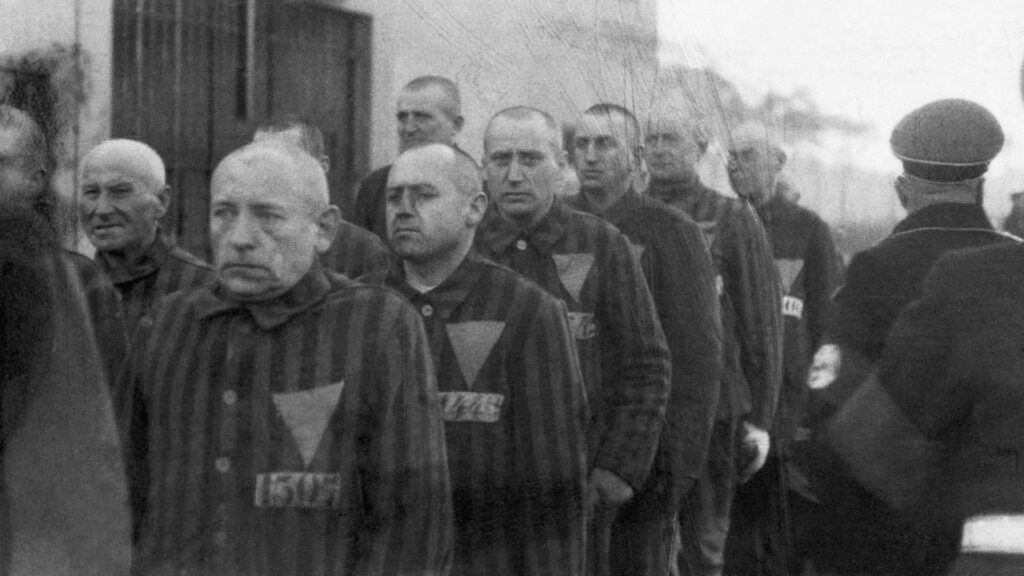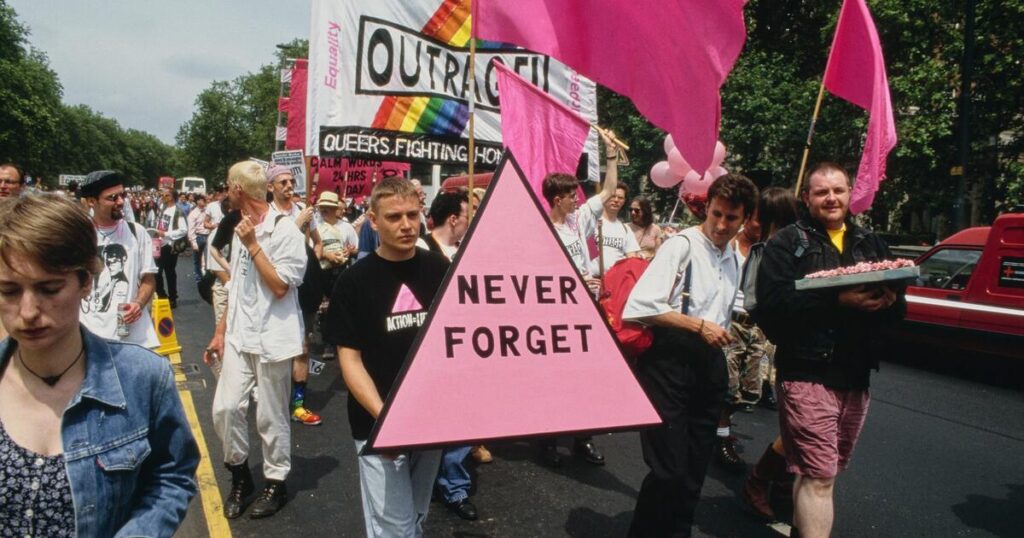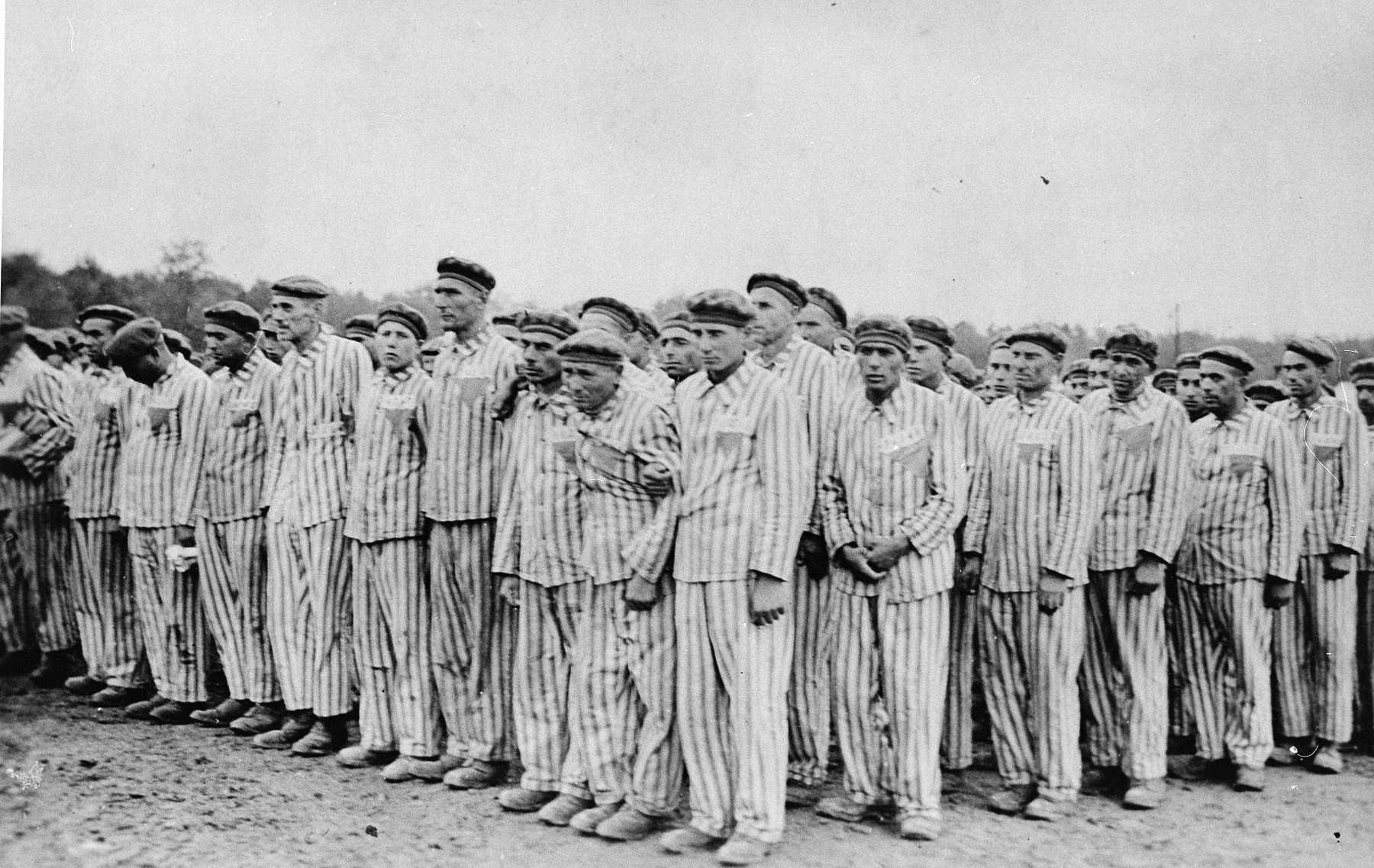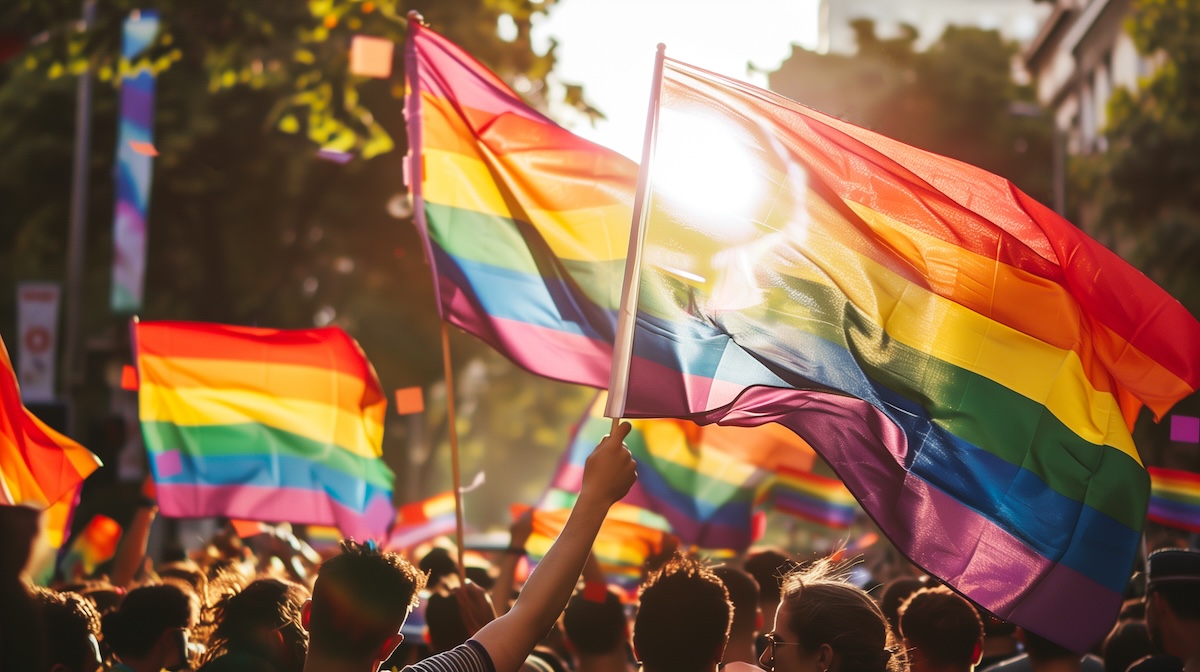Symbols aren’t always what they seem. Take the swastika—an ancient symbol of peace in Hinduism and Buddhism, later distorted into a global symbol of hatred. But few stories of reclamation are as striking as that of the pink triangle. Originally used by the Nazis to label LGBTQ+ people as “criminals,” it now shines as an international badge of queer pride and solidarity. This is the story of how a shape designed to humiliate became a rallying cry for resilience—a journey through humanity’s darkest impulses and the defiant act of rewriting history itself. Let’s explore the scars, the survival, and the stubborn refusal to let oppression define a community’s legacy.
When Hate Wore Pink: The Nazi Era
Picture Berlin in the 1920s—cabarets buzzing, queer culture thriving. Then, poof. The Nazis rolled in, and their obsession with “purity” turned that world upside down. Enter Paragraph 175, a law from 1871 that criminalized sex between men. The Nazis didn’t just enforce it; they weaponized it. By 1935, even a glance could land you in jail.
Gay men were forced to sew pink triangles onto their camp uniforms—a scarlet letter in cotton. But here’s the kicker: lesbians? Trans folks? They slipped through the cracks, sort of. Lesbians got slapped with black triangles (“asocials”), while transgender people were labeled “mentally ill” or shoved into other categories. The pink triangle was mostly for gay men, but the message was clear: You don’t belong.

By the numbers:
- Up to 100,000 men arrested under Paragraph 175 between 1933-1945.
- 5,000–15,000 sent to camps. Fewer than half survived.
- 4,000 estimated survivors post-1945.
Imagine surviving the camps only to face the same law back home. West Germany kept Paragraph 175 until 1969—yep, the same decade we landed on the moon.

The Triangle That Wouldn’t Die: Post-War Shadows
Here’s the thing: liberation didn’t mean freedom. Gay survivors? Many were re-jailed. No apologies, no reparations—just more shame. Germany finally axed Paragraph 175 in 1994, but it took until 2017 for convictions to be wiped clean. Let that sink in: some folks lived their whole lives branded as criminals for loving the “wrong” way.
You’d think this chapter would stay buried, right? But queer folks have a knack for digging up ghosts and giving them new life.
Flip the Script: How the Triangle Went Rogue
Fast-forward to 1970s San Francisco. The Castro’s buzzing, Harvey Milk’s rallying crowds, and activists are done playing nice. They stumble on the pink triangle’s history and think: What if we steal their logo?
Cue the AIDS crisis. By the ’80s, the government’s silence was deafening. Enter ACT UP, the rebel yell of queer activism. They grab the pink triangle, flip it upright, and slap on “SILENCE = DEATH.” Suddenly, the symbol of victimhood becomes a battle cry. Turning a weapon into a shield—that’s power.
Why the flip mattered:
- Upward triangle: Defiance, rising power.
- Black background: Mourning AIDS victims.
- Slogan: A middle finger to apathy.
It worked. The triangle started popping up everywhere—protests, art, even Keith Haring’s murals. San Francisco’s Castro District now has a Pink Triangle Park; during Pride, activists drape entire streets with pink fabric. Talk about a glow-up!
But Wait—Who’s Included?
Hold up. The triangle’s story isn’t all confetti and rainbows. Early on, it centered gay men, sidelining lesbians, bi folks, and trans communities. Sound familiar? It’s like when “LGBT” becomes just “LGB” in casual chat.
Modern activists are fixing this. The progress pride flag weaves the triangle into stripes for trans folks and people of color. It’s a reminder: our symbols need to stretch wider, just like our movements.
Why This Still Matters in 2025
You’ve seen the headlines: book bans, drag laws, anit-trans bills. In some ways, the pink triangle’s legacy feels eerily relevant. But here’s the twist: today, we’re not just surviving—we’re redefining.
Take Germany’s 2017 apology or Canada’s LGBTQ2+ reparations.
Quick reality check:
- 70+ countries still criminalize same-sex relationships.
- Trans murder rates hit record highs globally.
The triangle’s a reminder: progress isn’t a straight line. But damn, we’re good at curves.

Queer history’s full of these little rebellions. The word “queer” itself? Reclaimed. The rainbow flag? Stitched together by a drag queen and a vet. We’ve always been alchemists, turning poison into power.
Final Thought: Symbols Are What We Make Them
The pink triangle’s journey is messy, painful, and a symbol of gay community’s resilience: They tried to erase us, but we doodled in their margins.
So here’s to the thieves of meaning—the activists, the artists, the loudmouths who refuse to let hate have the last word. After all, if a triangle can flip sides, what’s stopping us? —
Sources: www.nclrights.org / www.facinghistory.org / mosseprogram.wisc.edu / www.nationalww2museum.org / www.history.com / time.com
Enhanced with AI










